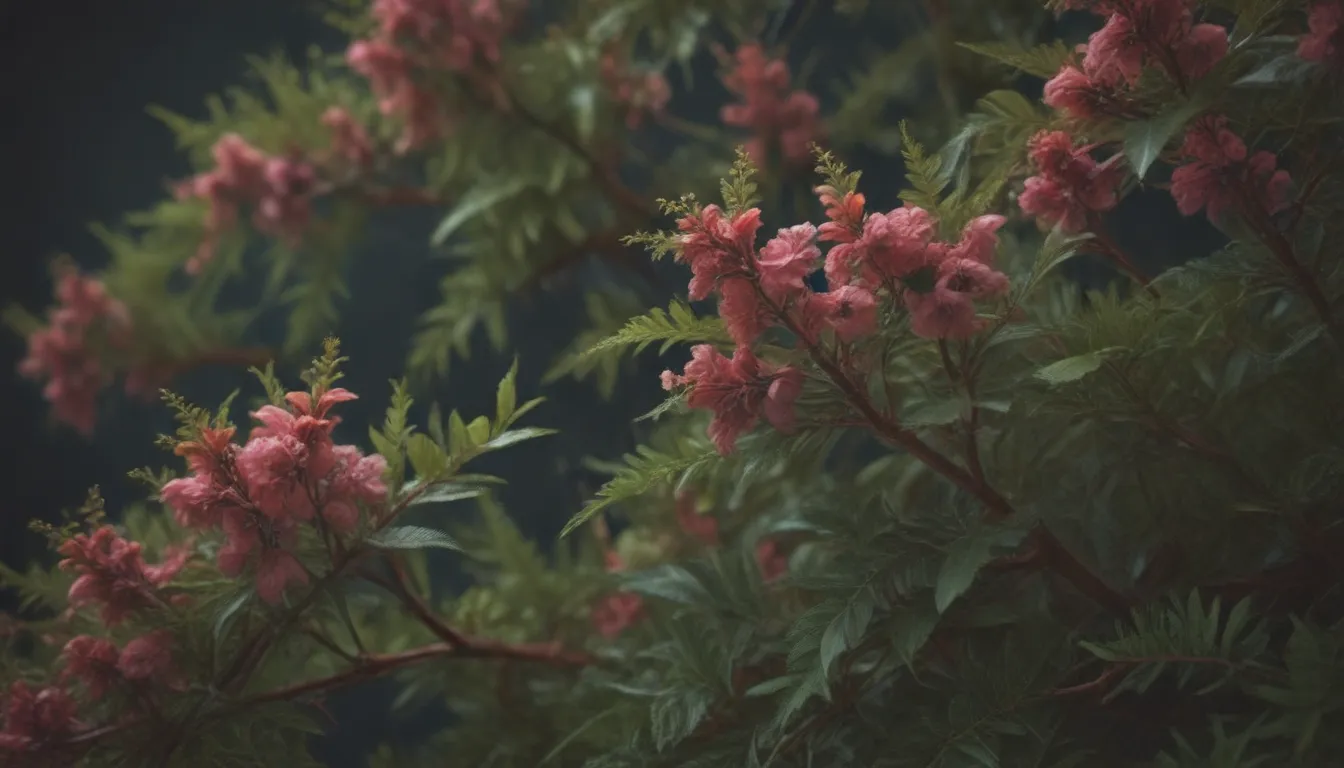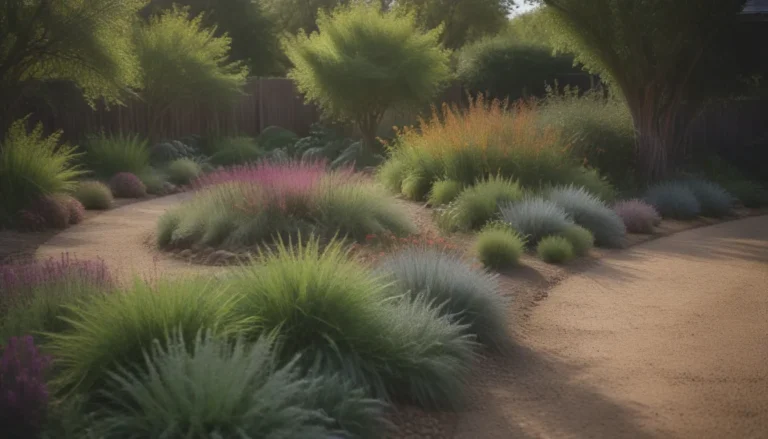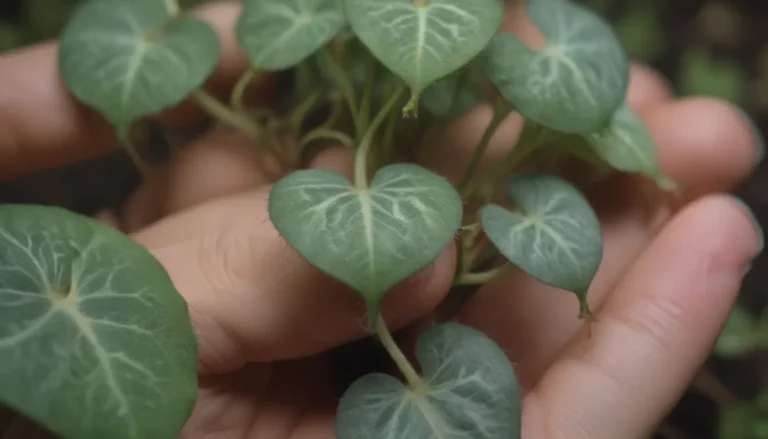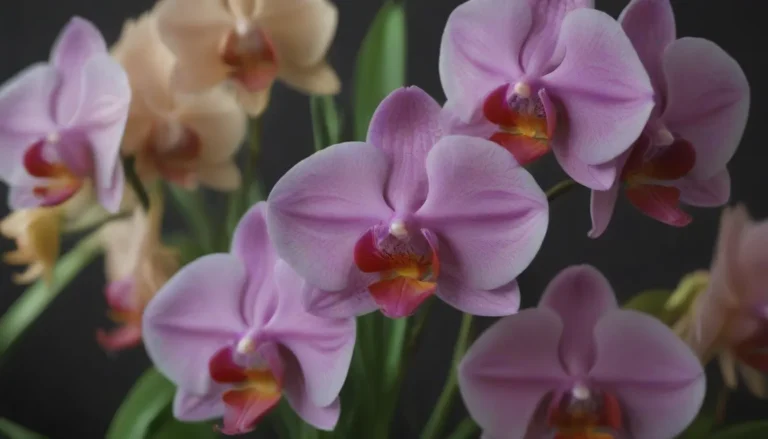Everything You Need to Know About Growing and Caring for Xylosma

Are you interested in adding a unique and versatile shrub to your garden? Look no further than Xylosma! This evergreen plant, also known as brush hollies, is a fascinating addition to any landscape. With its standout foliage and interesting form, Xylosma is sure to catch the eye of any passerby. In this comprehensive guide, we will delve into everything you need to know about growing and caring for Xylosma, from planting to maintenance and everything in between.
Getting to Know Xylosma
Xylosma belongs to a genus of about 100 species of evergreen shrubs in the blooming willow family. These plants are native to tropical and subtropical regions, including Florida and Hawaii. One of the most striking features of Xylosma is its foliage, with new leaves emerging in bronze and copper hues before maturing into a shiny dark green. The main stem of the plant often takes on a zig-zag shape, with arching branches that can sometimes droop to the ground. White or yellow flowers may appear in late summer to fall, followed by red or black berries.
Why Choose Xylosma for Your Garden?
- Versatile landscaping plant suitable for various uses.
- Attracts pollinators like bees and wildlife such as birds.
- Drought tolerant and adapts well to different soil types.
- Easy to care for and maintain with regular pruning.
Planting and Caring for Xylosma
Light
- Plant Xylosma in a location that receives full sun to part shade.
- Provide some afternoon shade in hot environments to prevent sunburn.
Soil
- Xylosma is adaptable to most soil types but prefers a pH level of 6.0 to 7.5.
- Ensure the soil drains well to prevent waterlogging.
Water
- While Xylosma is drought tolerant, regular watering will promote lush foliage.
- Water your Xylosma once a week after planting, then adjust based on temperature and soil moisture.
Temperature and Humidity
- Xylosma can lose its leaves in freezing temperatures but is tolerant of hot and dry conditions.
- Provide sufficient irrigation during hot weather to prevent stress.
Fertilizer
- Xylosma does not require supplemental feeding but can benefit from a balanced fertilizer in early spring.
- Use a liquid-based fertilizer and water well after application.
Pruning and Maintenance
Xylosma is a fast-growing shrub that responds well to pruning. To maintain its desired form, prune up to one-third of the branches annually, preferably in autumn. This plant can be shaped into a multi-stemmed tree, hedge, or screen, making it a versatile addition to any landscape.
Types of Xylosma
Xylosma comprises about 100 different named plant varieties, with some species considered endangered. Commonly grown varieties include X. congestum, also known as Shiny Xylosma, and its dwarf cultivar ‘Compacta,’ which is ideal for smaller spaces. Consider the different types of Xylosma to find the perfect fit for your garden.
Propagating Xylosma
Conservation efforts are underway to cultivate endangered species of Xylosma. While propagating from cuttings is possible, the success rate is low. For best results, consider purchasing plants from a reputable greenhouse or nursery.
Overwintering Tips
In cooler climates, potted Xylosma can be moved indoors during freezing temperatures. Provide a protective layer of mulch for outdoor plants if temperatures drop below 10 degrees F. Expect leaf loss in extreme cold, with new foliage sprouting in the following spring.
Dealing with Pests and Diseases
- Pests like spider mites and whiteflies can be controlled with insecticidal soap.
- Watch out for fungal diseases like root rot, powdery mildew, and rust.
- Maintain good air circulation and avoid overhead watering to prevent disease.
Addressing Common Problems
- Discoloration and fading of foliage may indicate mineral deficiencies.
- Excess minerals can cause leaf tip dieback and yellowing.
- Ensure proper drainage and avoid over-fertilization to prevent issues.
In conclusion, Xylosma is a beautiful and versatile shrub that can thrive in a variety of growing conditions. By following the care tips outlined in this guide, you can enjoy a thriving Xylosma plant in your garden for years to come. Whether you’re looking for a standout feature plant or a low-maintenance addition to your landscape, Xylosma is sure to impress.
Remember, with the right care and attention, your Xylosma plant will reward you with its stunning foliage and unique form. Happy gardening!





